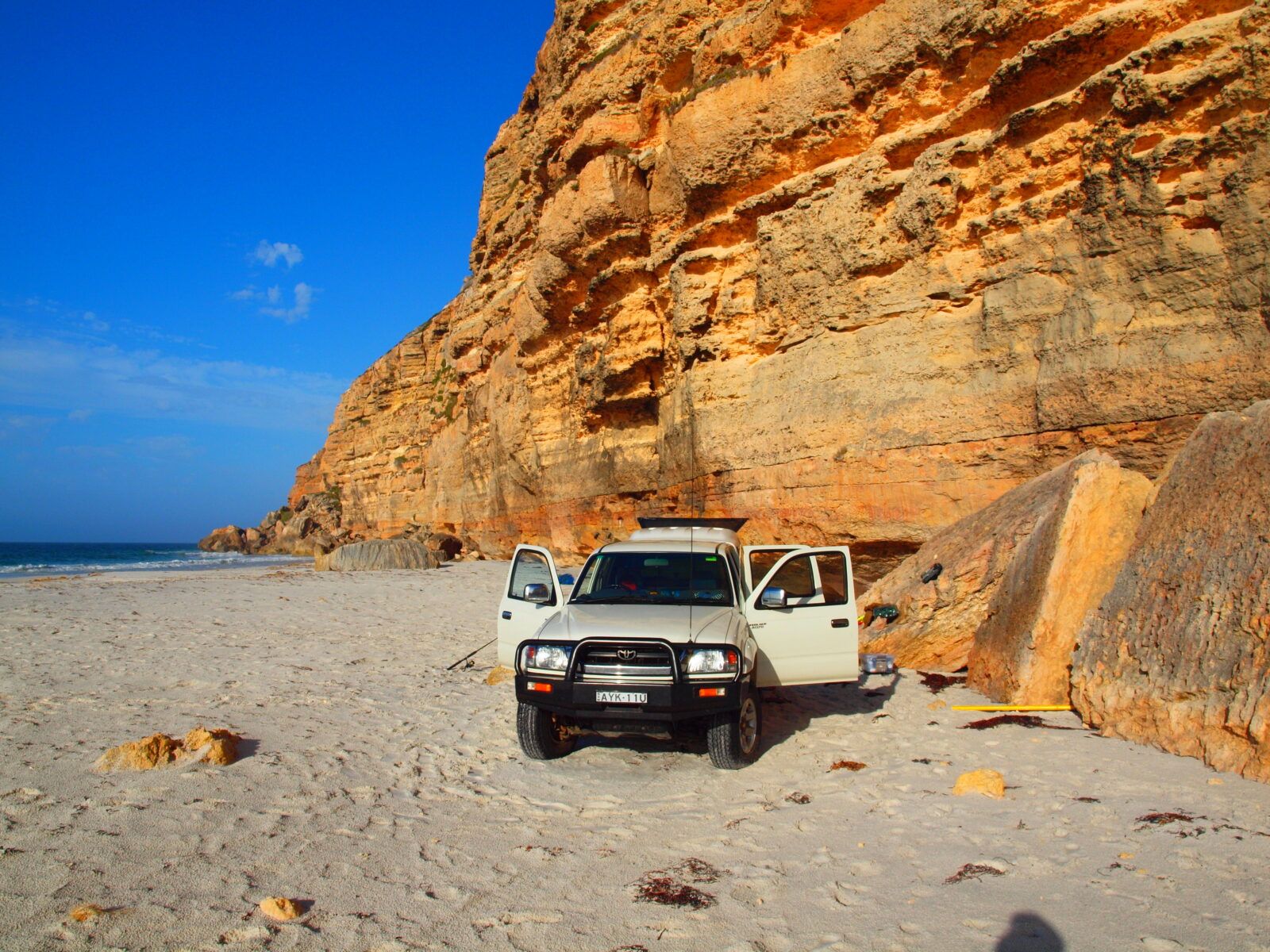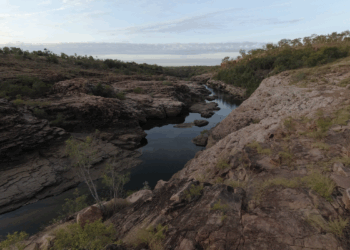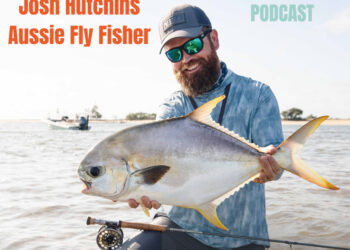
FINDING access and researching new fishing spots has been made easier with modern technology and some good old fashion common sense.
Access all areas” – it sounds ideal, but in real life, access to many of the great spots around Australia are restricted for many and varied reasons. It may be private property, aboriginal land, or even government land set aside for such things as defence and military training etc.
When I’m heading away on an extended trip I always do as much research as I can using maps, Google and Google Earth.
I’m looking for crown land, National Parks, travelling stock reserves, nature reserves, timber reserves and such that allow public access and also allow fishing.
Google Earth is invaluable for finding those obscure tracks that may be only two faint wheel tracks in the grass. Google Earth quite often finds that these rarely used tracks lead to some of the best fishing spots within the boundaries of our national parks.
The Limmen Bight National Park is one such park that I have found little used tracks that are mostly known by locals but lead to some fantastic rock bars that can fish exceptionally well. These tracks were originally found on Google Earth and then I will take off way points at each turn and add these to a GPS to aid in finding my way into these less visited areas.
For those who just want access to amenities and the river, the National Parks’ own websites will have park maps showing campsites, toilets, boat ramps and other invaluable information.
Once you have gained access to a river where a boat can be launched then you can now travel as far as you desire and fish further afield.
Northern and Central Australia has a lot of Aboriginal Land that has restricted access to the non aboriginal population but for the most part these are generally accessible via a paid permit to enter the lands.

Many areas throughout Cape York and the Gulf of Carpentaria have land under Aboriginal control but again much of this land is available through permits issued by the relevant land councils.
When applying for permits to access aboriginal land it might be advisable to organise permits a couple of months in advance.
Kowanyama on the west coast of Cape York has some great fishing and is easily accessible through the camping / fishing permits.
When dealing with Aboriginal land it is always worth trying to talk with the TOs or traditional owners, they can grant access and have a wealth of information about where all the top spots are in their country.
Cold calling on private properties these days is a very hard way to gain access to their land.
Online resources are fantastic and one I use a lot is a NSW Fisheries Angler Access map. The information gleaned from this map is invaluable for the angler.
The map shows reserves and accesses to rivers creeks and dams that are all open to the public.
Having good contacts is undoubtably one of the best ways to gain access to many spots. Friends working on stations or properties that have rivers that rarely get fished, putting you in touch with owners or managers is paramount in gaining access.
Cold calling on private properties these days is a very hard way to gain access to their land. In the past, permission was readily given but the careless few leaving rubbish behind, leaving gates open and in general not respecting the landholder’s property.
If you are inclined to try to get access to private property then it’s always advisable to have a “gate opener“. This could be a carton of beer, a case of wine, or in cattle country a freshly dressed lamb will rarely be refused.
The offer of a work for play is also eagerly accepted in the remote regions where tradies are few and far between.
The ability to do some mechanical work, or mustering or even lay a concrete slab will at times get you in with the landholder and may help you for many years to come.
Government legislation also helps the angler fish streams and water courses that run through private property.
An angler gaining access to a stream in NSW by a public access point then, by law has the right to fish along that stream under Fisheries Act Section 38.
Access to all areas is impossible but with some research access to many areas is there for the asking

















